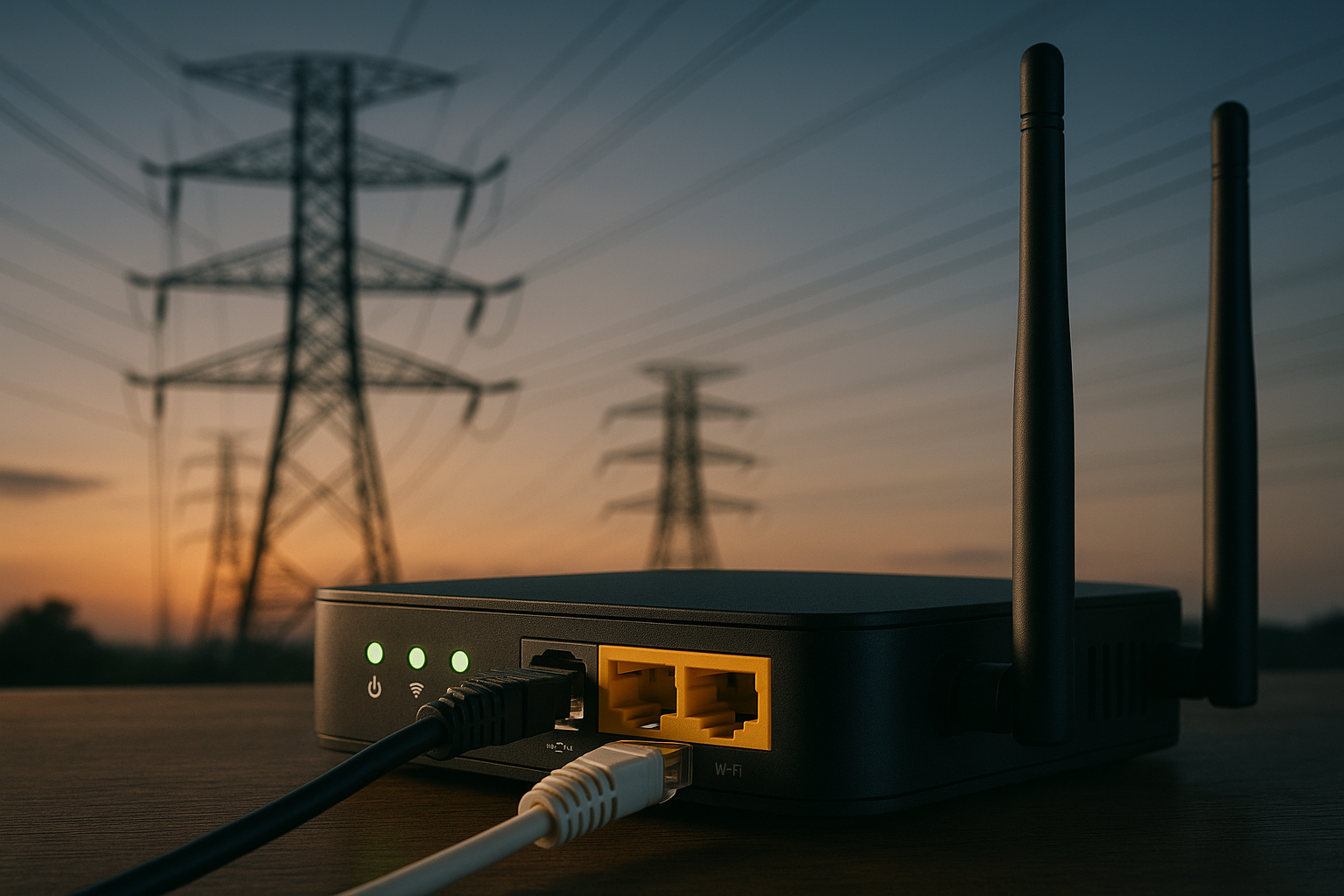Optimizing peering and transit to improve international data flows
Effective peering and transit strategies shape how data moves across borders. This article outlines technical and operational measures—covering backbone capacity, undersea fiber, satellite links, edge computing, and security—to reduce latency and improve international connectivity.

International data flows depend on a mix of peering arrangements and transit contracts that determine path length, capacity, and cost. Improving the performance of cross-border traffic requires coordinated upgrades to physical links, routing policies, and edge placement. This article examines practical approaches to optimize peering and transit across backbone, undersea, satellite, and wireless segments while keeping an eye on latency, resilience, and cybersecurity.
How does peering impact latency and backbone performance?
Peering directly influences the number of network hops and the physical distance packets travel, which in turn affects latency. When networks peer at Internet exchange points or directly interconnect, traffic can avoid third-party transit routes that add extra hops and queuing delays. Effective peering also increases backbone utilization efficiency by keeping local traffic local and reducing load on long-haul links.
Operationally, peering policy should match traffic patterns: establish settlement-free peering where traffic ratios and volumes justify it, and use paid peering or direct interconnects for heavy, latency-sensitive flows. Peering capacity must be monitored with active measurements so backbone upgrades are timed to reduce congestion before packet loss or jitter rises. Proper routing filters and route-server use at IXPs help stabilize advertisements and prevent route thrashing.
What role do undersea fiber and satellite links play in international connectivity?
Undersea fiber remains the primary medium for high-capacity, low-latency international links. New cable routes and diversified landing stations reduce single-point failures and offer alternative paths that improve resilience. Planning for redundant undersea paths and integrating multiple cable systems into backbone routing reduces outage exposure and balance traffic across lower-latency routes.
Satellite connectivity—including LEO constellations—can complement fiber by providing reach to remote regions or acting as quick-restore links after cable faults. While satellite typically exhibits higher latency than direct undersea fiber, modern low-earth-orbit systems have narrowed the gap for certain applications. Operators should use hybrid routing policies that prefer fiber for performance-sensitive flows and fall back to satellite for availability or last-mile relief.
How can edge computing, 5G, and roaming reduce transit pressure?
Deploying edge servers and caching near user populations shortens paths for common content and reduces repeated long-haul transit. Content delivery techniques and edge placement help lower effective latency and cut backbone traffic volumes. For international services, strategically placing edge nodes in regional hubs or at IXPs enables faster responses and better redundancy.
5G and modern wireless links change traffic dynamics by enabling dense, low-latency last-mile access. When combined with local peering and caching, 5G reduces the need for distant transit for interactive services. Roaming and inter-carrier agreements should include clear routing and quality expectations so that mobile traffic handed off across borders follows optimized transit paths rather than defaulting to suboptimal international routes.
How does spectrum and infrastructure shape transit choices?
Spectrum availability determines where wireless services can shoulder more traffic and how last-mile demand stresses backbone links. In regions with constrained spectrum, operators rely more on wired broadband and fixed wireless access, increasing pressure on international transit. Infrastructure investments—fiber buildouts, metro rings, and neutral IXPs—enable more efficient interconnection and reduce dependence on long transit paths.
Policy and regulatory frameworks that encourage infrastructure sharing and streamlined rights-of-way lower deployment costs and speed fiber expansion. Where fiber reach is limited, microwave or satellite hops can bridge gaps, but each mode brings trade-offs in capacity and latency. A balanced infrastructure strategy leverages fiber for bulk transit and wireless/satellite for flexible reach.
How to integrate cybersecurity and routing policies in peering and transit?
Securing peering and transit is essential for maintaining trustworthy international flows. Implementing prefix filtering, RPKI and route validation reduces the risk of route hijacks and accidental leakage. IXPs and transit providers should require best-practice routing hygiene and provide mechanisms for rapid mitigation when anomalies appear.
Beyond routing controls, encryption, DDoS protection, and network monitoring help preserve service integrity across international segments. Collaborating with upstream providers on blackholing, traffic scrubbing, and incident response plans ensures that peering and transit remain resilient under attack. Regular audits of peering arrangements and service-level expectations align commercial terms with operational security needs.
Conclusion Optimizing international data flows requires a multi-layered approach: smarter peering, diverse undersea and over-the-air connectivity, strategic edge placement, and rigorous security and routing practices. By aligning commercial arrangements with measurable performance objectives and investing in resilient infrastructure, operators can reduce latency, improve reliability, and better meet evolving global traffic demands.





